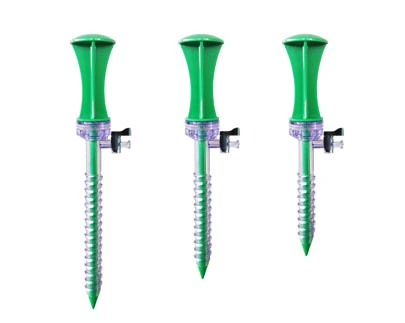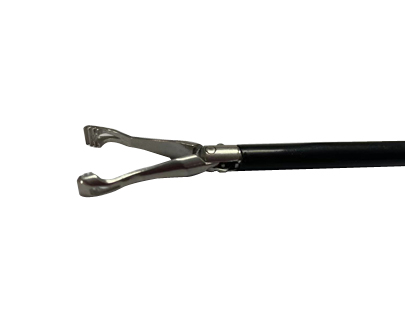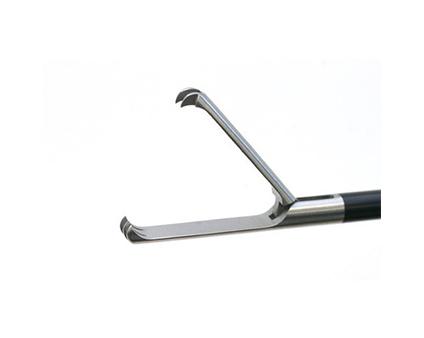Cleaning and Sterilization of Laparoscopic Instruments
Ⅰ. Cleaning of laparoscopic instruments
1. In accordance with the requirements of the disinfection and sterilization technical specifications of the Ministry of Health, after use, the laparoscopic instruments and their accessories (washable parts, handles, sleeves, etc.) are immediately soaked in a lysozyme-containing cleaning agent for 2 to 3 minutes (dissolving Enzyme ratio product description). Lysozyme mainly digests proteins, fats, and eliminates clots in pipes and organophosphorus tablets in accessories to achieve fast and efficient cleaning effect.
2. After soaking, the laparoscopic instruments are taken out and rinsed with clean water. The lumen is repeatedly rinsed with a high-pressure washing gun. The tooth grooves of the forceps are cleaned with a soft brush and then dried with a soft cloth. The water droplets in the lumen should be blown dry or sucked dry, then coated with lubricant, or cleaned with an ultrasonic cleaner.
Ⅱ. The attention points of laparoscopic instrument cleaning
1. In the case of Hbsag positive and other infected patients, the laparoscopic instruments after surgery should be disinfected and then cleaned to avoid the spread of infection.
2. When cleaning all kinds of pliers and scissors, pay attention to cleaning the blood on the overlapping surfaces of the joints.
3. During the cleaning process, care should be taken to keep the disassembled small parts to prevent loss.
4. Do not immerse the wire interface connected to the machine into the cleaning solution to prevent leakage during use. Such as the wiring port of the operating tip of the hysteroscopic electric cutting instrument.
5. Pay attention to protect the mirror surface of the endoscope. The mirror surface of the fiber endoscope is wiped with cotton balls, and the mirror surface of the electronic mirror is wiped with gauze.
6. The bipolar coagulation forceps should be installed at any time after disassembly and cleaning to prevent the forceps core from breaking. The ceramic port of the operating tip cannula of the hysteroscopic electric resection instrument should be protected from collision during cleaning to prevent collision.
Ⅲ. Sterilization of laparoscopic instruments
According to the different properties of laparoscopic instruments and their components, as well as the relevant information provided by laparoscopic instrument manufacturers, different sterilization methods are selected respectively.
1. Autoclave: All autoclaved endoscopic surgical instruments should be autoclaved.
2. Ethylene oxide: Ethylene oxide has strong bactericidal power, wide sterilization, no damage to items, and strong penetrating power. Endoscopic lenses, cameras, light guide beams, and electrocoagulation wires that are not suitable for autoclaving can be sterilized by this method.
3. 2% glutaraldehyde immersion: used for immersion sterilization of laparoscopic instruments, it needs to be soaked for 10 hours. When soaking, the joints of the instrument should be opened, the lumen should be filled with soaking liquid, and the residual liquid should be rinsed repeatedly with sterile water before use.
4. Sterilization by medical sterilizer



